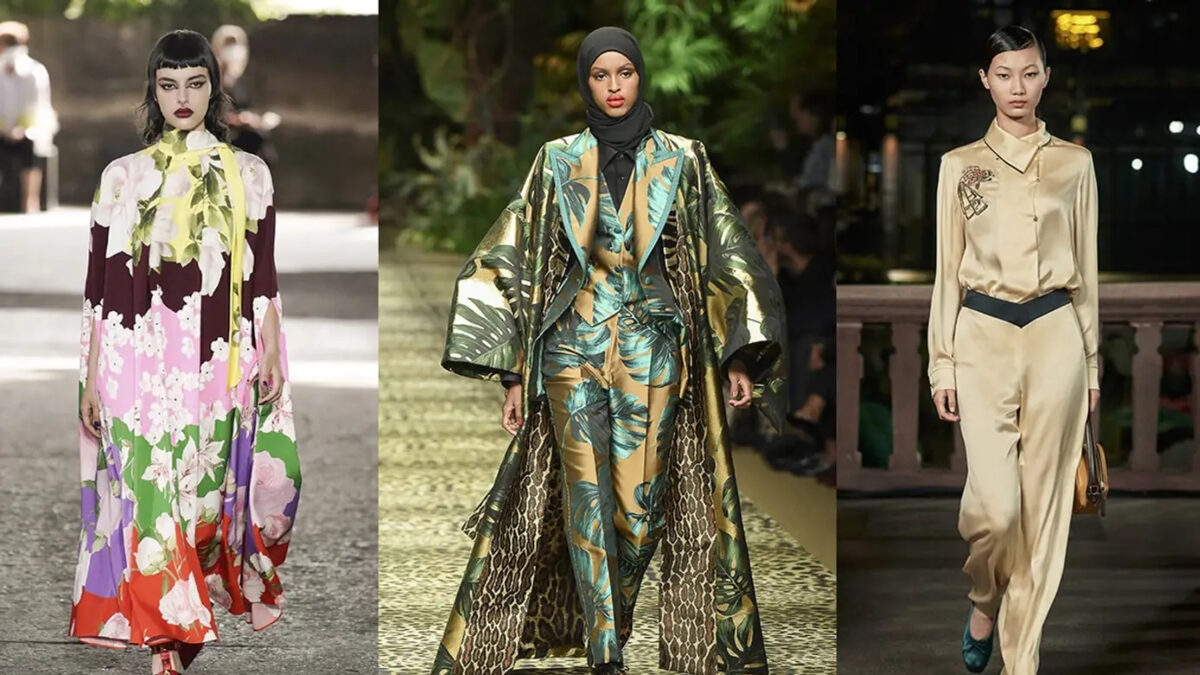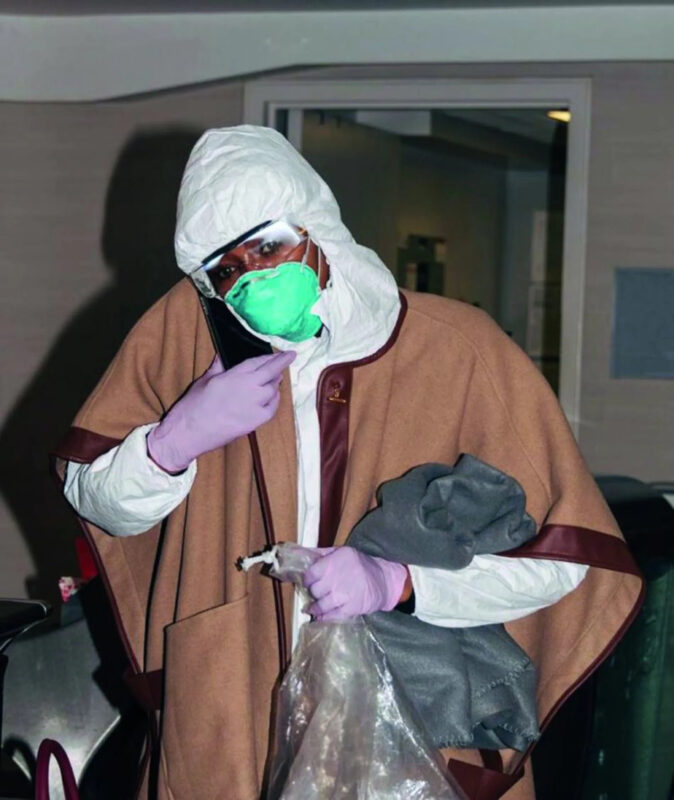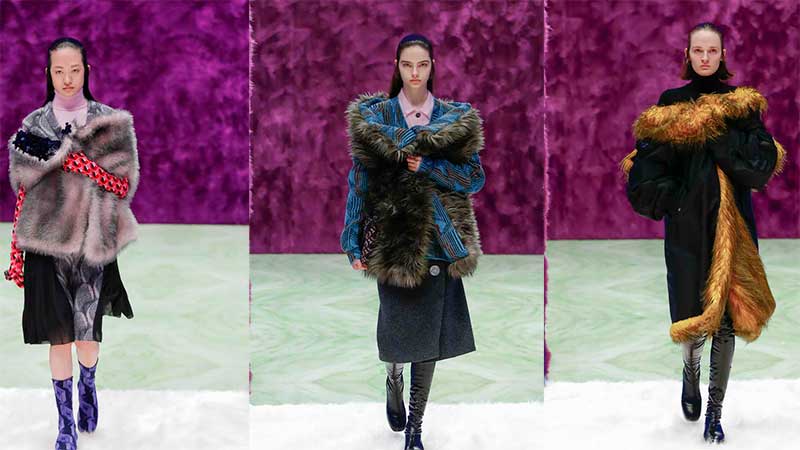Will fashion become more ostentatious in a post-pandemic world? We could be heading towards a roaring ’20s-style fashion renaissance.

The 1918 influenza pandemic, commonly known as the Spanish flu or the Great Influenza Epidemic, was a particularly lethal worldwide influenza pandemic caused by the H1N1 influenza A virus. Something unexpected was to happen after once the Spanish flu pandemic ended, however – The roaring ’20s was born.
“On the heels of the First World War, a deadly global pandemic and the women’s suffrage movement, a new consumer emerged in the early 1920s. She was a loose dress-wearing, short hair-sporting, red-lipped bon vivant, and her male counterpart wore wide-legged trousers and a fedora.”
Source: Glossy
Spikes and Quarantines
Over the last 12 months of case spikes and quarantines, the COVID-19 pandemic is unlike anything we’ve seen before. Neither are the fashion aftereffects.

Declarations of irreversible damage have been made. The Guardian‘s April announcement states that the pandemic had “plunged the $2.5 trillion (£2tn) global fashion industry into crisis,” with a “significant number” of firms expected to go bust in the next 18 months which followed.
Citizens across the world are working harder to reduce social and financial expenditures during the pandemic. It’s no secret that the fashion industry is suffering as a result of this newfound austerity. Brands can survive economic upheavals in a more normal, COVID-free world because they provide a universally necessary product: clothing.
Those who work from home in a socially isolated setting, on the other hand, are free from this necessity. As Next’s chief executive Simon Wolfson put it, “No-one wants to buy clothes to sit at home in.”
A Reason For Joy

But now, there is a vaccination. With it comes the possibility of working, socialising, and doing all that is now available only via Zoom, in person once again. We don’t need to go back a century to the post-pandemic celebrations of the 1920s to recognise that the end of COVID will be a reason for joy. We are keenly awaiting the trading in of our loungewear for expensive and extravagant clothes reminiscent of a century ago.
Another Round of the Roaring ’20s?
A revival of similar proportions looks to be in store for the global fashion industry in the post-Covid age, led by powerhouse brands such as Gucci and Balenciaga.
“Expect a return to opulence, fantasy, wild nights out and big budgets spent on evening dresses and stylish evening ensembles — sports-luxe will not cut it,” said Andrew Ibi, co-founder of Fashion Academics Creating Equality (FACE), a U.K-based group that advocates for equality in education.
The epidemic, on the other hand, has raised consumer awareness about sustainability and prompted businesses and brands to adapt and respond. The modern consumer in the new Roaring ’20s wants it all: luxury and eco-friendly items, simple yet elegant designs, and a shopping experience that is both easy and engaging.
“The old modes of fashion are being challenged by an awakened consumer asking for more from their products and more knowledge of their products,” Ibi said.
Source: Glossy
Free From Constraints

Miuccia Prada said after showing Prada’s fall 2021 collection in February that,
“A new energy, a new desire is mounting,”
Source: WWD
This optimism which Raf Simons, the designer, and co-creative director, communicates in a delightful and refined collection, echoes throughout the industry. A fresh feeling of enthusiasm is flowing through collections in London, Milan, and Paris throughout fashion presentations. Designers are playing with sequins, crystals, embroideries, vivid colours, and maxi volumes as they imagine better days ahead, free of constraints and closer to resuming social normalities. The revival of fancy dress signifies a communal desire for another round of the Roaring Twenties. Rich flowing fabrics and swinging hems abound in references to 1920s shapes and neo-flapper aesthetics for autumn. Prada, Miu Miu, Lanvin, and Paco Rabanne are among the designers with diverse approaches, as were Dries Van Noten, Sportmax, Rokh, and Dundas.
Subscribe to FIB’s Weekly Breaking News Report for your weekly dose of music, fashion and pop culture news!







